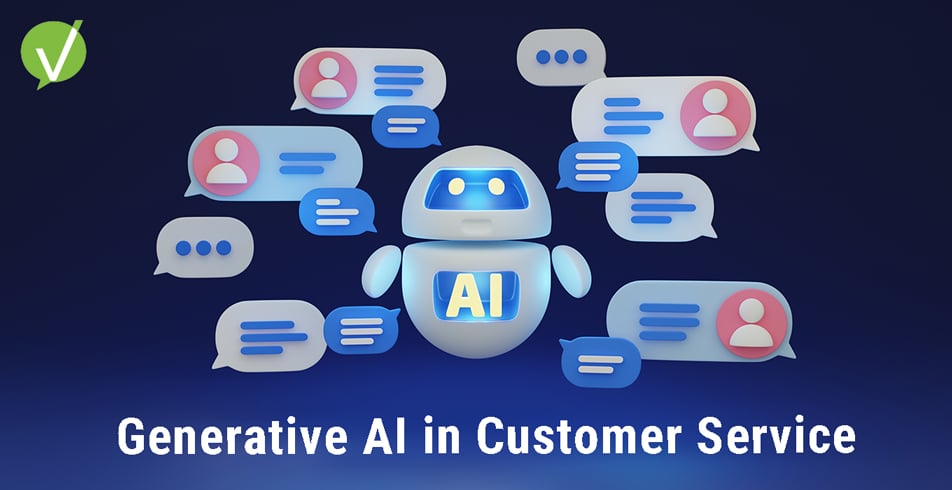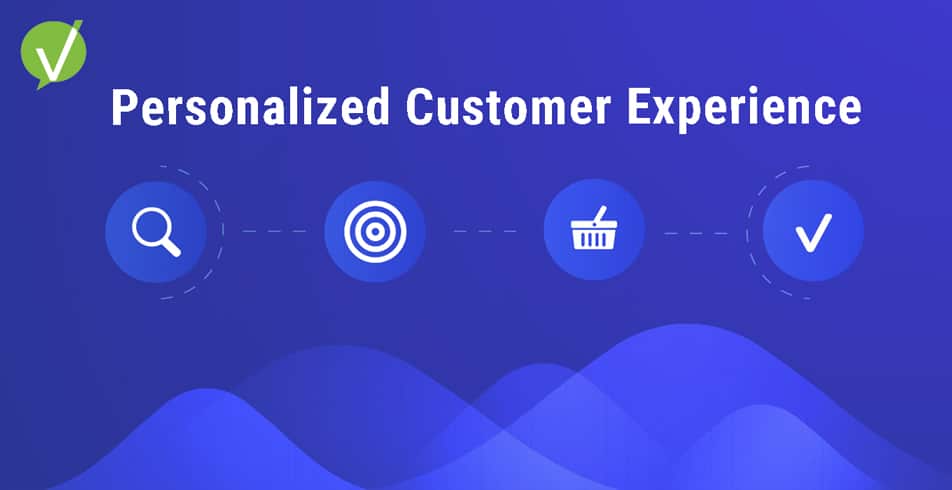Unlocking the Power of ‘Service Optimization’ in B2B Enterprises
Introduction
Welcome back to our ten-part blog series on B2B Customer Service Transformation. In our previous blog post, we examined the evolving topic of B2B service trends. Today, we continue to draw further insights from chapter two of the Vivantio eBook, The Complete Guide to Customer Service Transformation – where we explore the cornerstone of this transformation – Service Optimization.
Service Optimization
Simply put, Service Optimization refers to the capacity to garner meaningful insights and maximize efficiency of processes and information, enabling optimal service delivery across all teams and disciplines. In an era where service capabilities dictate business success, optimized service management emerges as an essential component of a winning strategy.
Successful implementation of Service Optimization can yield numerous tangible benefits, such as:
- Cost reduction in service delivery
- Resource conservation
- Decrease in service delivery time.
- Enhanced risk management and regulatory compliance
- Support for improved contracts, including SLAs and T&Cs
- Improved IT and operational availability
- Increased customer satisfaction through reduced issues, customer empowerment, and support in fully utilizing a service.
Neglecting Service Optimization, however, can lead to undesirable outcomes such as cost overruns, extended customer waiting times, higher customer churn, and increased business disruptions.
Constructing an optimized service organization involves five key areas: defining your Service Strategy, designing your Service Offering, planning for Service Transitions, supporting Service Operation, and planning for Continual Service Improvement. Each area is vital for establishing an agile, evolving process that maximizes customer satisfaction and nurtures loyal relationships.
The IT Infrastructure Library (ITIL), an initiative introduced by the UK Government’s Central Computer and Telecommunications Agency (CCTA), provides valuable guidance on service optimization. ITIL 4, the latest iteration, expands its scope beyond IT, aiding organizations in implementing Agile principles across a range of service units, from Legal to Logistics. The result is a fundamental shift enabling co-creation of value sought by contemporary businesses.
ITIL 4 recommends beginning with a broad perspective of factors impacting your business operations, characterized by the PESTLE acronym: Political, Economic, Social, Technological, Legal, and Environmental.

Next, organizations need to account for four dimensions that shape a business organization:
- Organizations and People
- Information and Technology
- Value Streams and Processes
- Partners and Suppliers
These dimensions interconnect and impact each other, with changes in one potentially causing disruption across the system. As Gartner notes, “80 percent of unplanned downtime is caused by people and process issues”. Therefore, understanding these dimensions in the context of customer service activities will significantly improve your chances of achieving service optimization.
“A fundamental change that is needed in service management: value is co-created, not delivered. In other words, the activities that a service provider undertakes do not create value by themselves. Value is realized only when the consumer engages with the service provider through the means of a service relationship.”
— Akshay Anand, ITSM Ambassador and Evangelist
In Summary
As we close out part two in this series, it’s clear that optimized service is not just a strategy but a transformational paradigm, pivotal to driving customer service excellence in B2B enterprises. By harnessing the power of data, streamlining processes, and understanding the multidimensional nature of your business/organization, you unlock the potential for significant improvements in service delivery. These enhancements not only boost customer satisfaction but also foster the collaborative co-creation of value that lies at the heart of today’s successful business relationships.
Remember, service optimization is a journey, not a destination. It’s a continually evolving process that should be nurtured and cultivated. In part three of the series, we will further expand on the tangibility of these transformations, helping you quantify the return on investment (ROI) of superior customer service. Hang on while we navigate the complexities and rewards of customer service transformation.
Additional Resources:








